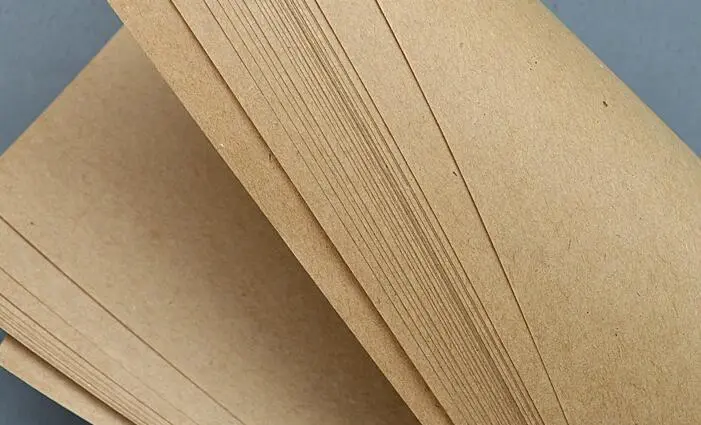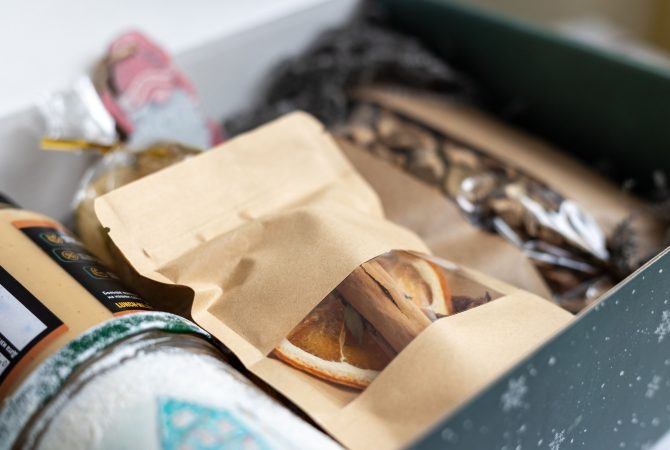How Much Does Custom Packaging Really Cost?
Have you ever wondered why some packaging costs pennies while others can run into hundreds of dollars? The answer lies in understanding the complex web of factors that determine pricing.
Custom packaging cost varies dramatically based on materials, order quantity, design complexity, and finishing options. Basic folding cartons start at $0.25-$1.50 per unit, while luxury rigid boxes can cost $10 or more. Material choice, production volume, and customization level are the primary cost drivers affecting your bottom line.
I’ve been in the packaging industry for over a decade, and I’ve seen countless businesses struggle with packaging budgets. The key is understanding what drives costs so you can make informed decisions that balance quality with budget constraints.
What Are the Main Material Factors That Impact Custom Packaging Cost?
Do you realize that material choice alone can triple your packaging budget? The difference between standard cardboard and premium materials is more significant than most people expect.
Material type has the highest impact on custom packaging cost. Premium materials like rigid chipboard, kraft paper, and multi-layer corrugated boards cost significantly more than standard options. Whiteboard paper at 250gsm with additional processes for shopping bags, while gift boxes typically use 157gsm coated paper with 2mm gray board plus finishing processes.
When I work with clients on material selection, I always explain the cost implications upfront. Recently, a cosmetics brand wanted to switch from standard cardboard to premium kraft paper for their subscription boxes. The material cost increased by 60%, but the perceived value and customer satisfaction scores improved dramatically.
Understanding Material Cost Structure
Different materials serve different purposes and come with varying price points:
| Material Type | Cost Range (per unit) | Best Applications | Durability Level |
|---|---|---|---|
| Standard Cardboard | $0.25 – $0.75 | Basic shipping, low-value items | Medium |
| Kraft Paper (250gsm) | $0.50 – $1.25 | Shopping bags, eco-friendly packaging | High |
| Whiteboard Paper | $0.40 – $1.00 | Clean printing surface, retail boxes | Medium-High |
| Coated Paper (157gsm) | $0.60 – $1.50 | Gift boxes, premium appearance | High |
| Rigid Chipboard | $2.00 – $8.00 | Luxury items, protection needed | Very High |
The recent price surge in kraft paper and fiber-based materials has impacted the industry significantly. In my experience, businesses that planned for these increases by securing long-term contracts with suppliers fared much better than those making spot purchases. The key is understanding that material costs aren’t just about the base price – weight affects shipping, and durability impacts customer satisfaction.
How Does Order Quantity Dramatically Change Your Per-Unit Packaging Cost?
Have you noticed how buying in bulk always saves money? Packaging follows the same principle, but the savings can be absolutely staggering.
Order quantity creates the most dramatic cost variations in custom packaging. Orders under 500 units often cost $1 per unit, while the same item drops to $0.15 for larger volumes. Minimum Order Quantities (MOQs) and setup fees significantly impact small businesses, making bulk purchasing essential for cost efficiency.
I learned this lesson early in my career when helping a startup client. Their initial order of 200 custom boxes cost $2.50 each. Six months later, when they ordered 2,000 units, the price dropped to $0.40 per box. The setup costs remained the same, but spreading them across more units created massive savings.
Breaking Down Quantity-Based Pricing
Understanding how quantity affects pricing helps in budgeting and planning:
| Order Quantity | Setup Cost Impact | Per-Unit Cost | Total Investment | Best Strategy |
|---|---|---|---|---|
| 100-500 units | Very High (80% of cost) | $1.50-$3.00 | Low initial outlay | Test market |
| 1,000-2,500 units | Medium (40% of cost) | $0.75-$1.50 | Balanced approach | Growing business |
| 5,000+ units | Low (15% of cost) | $0.25-$0.75 | High upfront cost | Established demand |
| 10,000+ units | Minimal (5% of cost) | $0.15-$0.50 | Bulk commitment | Steady volume |
The economics work because manufacturers spread fixed costs like die-cutting, plate-making, and machine setup across more units. For one client in the food industry, we calculated that ordering quarterly instead of monthly reduced their packaging costs by 35% annually. However, this required careful inventory management and cash flow planning.
Why Do Design Complexity and Finishing Options Add So Much to Custom Packaging Cost?
Remember the last time you received a package with stunning embossed logos or foil stamping? Those premium finishes don’t just look expensive – they actually are.
Design complexity and finishing options can increase packaging costs by 50-100%. Custom prints, multiple colors, unique shapes, die-cut windows, magnetic closures, and premium finishes like embossing or foil stamping require specialized tooling and skilled craftsmanship. Simple designs with minimal customization offer the most cost-effective solutions.
One jewelry client wanted boxes with magnetic closures, spot UV coating, and embossed logos. The base box cost $3, but these additions brought the total to $8 per unit. We redesigned the concept using selective finishes only on visible areas, reducing costs to $5.50 while maintaining the luxury feel.
Cost Impact of Different Design Elements
Here’s how various design choices affect your budget:
| Design Element | Cost Addition | Visual Impact | Production Time | Recommended Use |
|---|---|---|---|---|
| Single Color Print | +$0.10-$0.30 | Basic branding | Standard | Budget-conscious brands |
| 4-Color Print | +$0.30-$0.75 | Full branding | Standard | Most applications |
| Die-Cut Windows | +$0.25-$0.60 | Product visibility | Extended | Retail display |
| Embossing/Debossing | +$0.50-$1.50 | Premium texture | Extended | Luxury positioning |
| Foil Stamping | +$0.75-$2.00 | High-end finish | Extended | Premium brands |
| Magnetic Closure | +$1.00-$3.00 | Functional luxury | Extended | Reusable packaging |
The key insight I’ve gained over the years is that strategic design choices create more impact than expensive finishes everywhere. A tech startup achieved a premium look by using embossing only on their logo and keeping everything else simple. This selective approach gave them 80% of the visual impact at 40% of the cost of full premium finishing.
Get Premium Finishing For Your Designs At OPACK
Looking for a reliable and nice price supplier? OPACK is your trusted partner for creating stunning designs that leave a lasting impression and add elegance and sophistication to your packaging. Contact us now to order.
Conclusion
Custom packaging cost depends on materials, quantity, and design complexity. Smart choices in these areas can deliver premium results while controlling expenses. Strategic planning and supplier relationships are your best tools for optimizing packaging investment.










